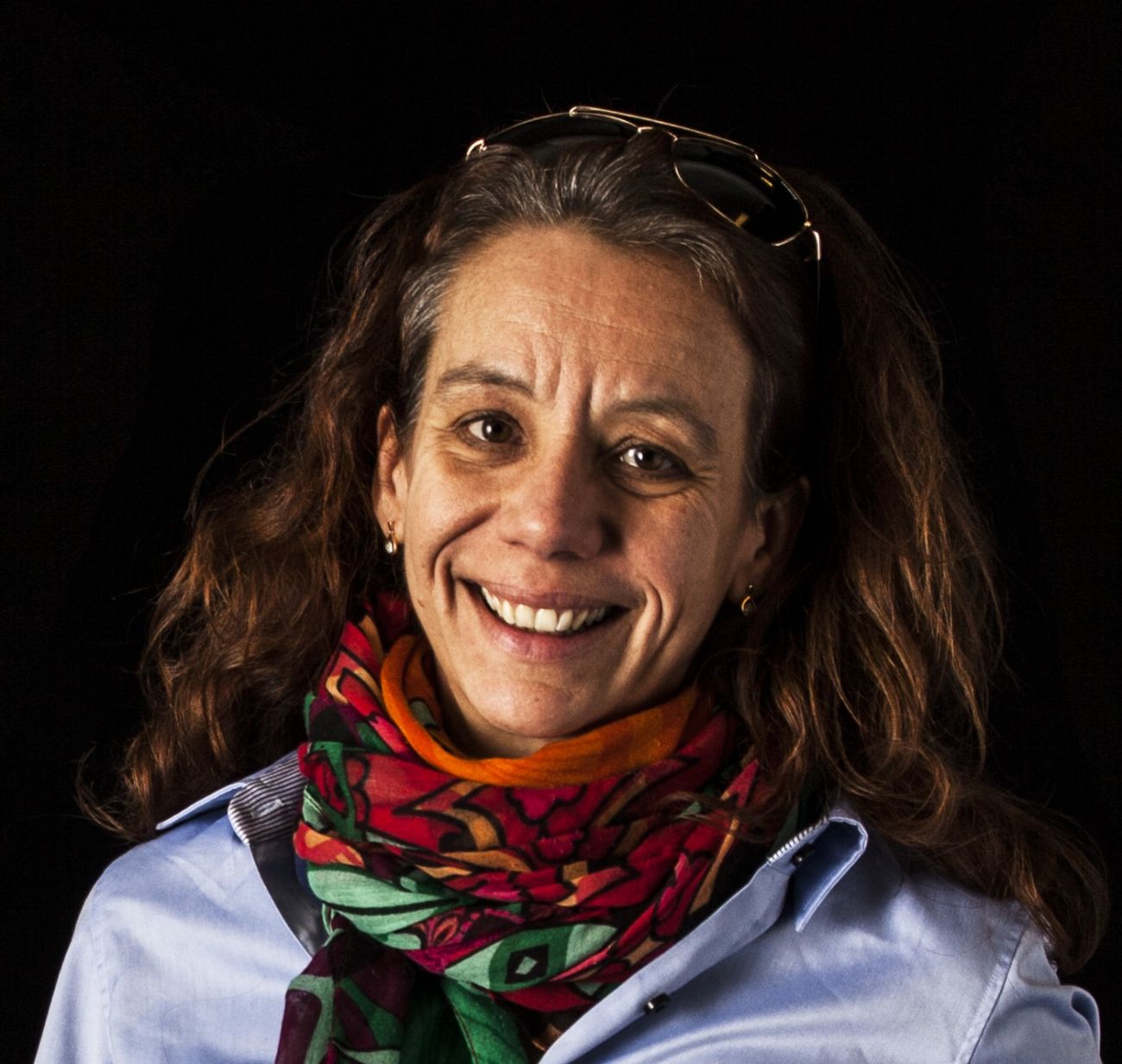Diversity in R&D: Closing the Gap

An insight into how the industry can retain its female innovators when 40 percent of women leave Science, Technology, Engineering, and Math (STEM) by Emmanuelle Göthelid, R&D Manager, Sandvik Coromant…
Wi-Fi, GPS, computer programming, and even the space station power system owes their inventions to women. Despite this, most of society’s most praised inventions include Alexander Bell’s telephone, or Karl Benz’s automobile, or Thomas Edison’s electric light—it’s rare that female inventors share the spotlight. Emmanuelle Göthelid, R&D Manager, Sandvik Coromant, takes a look at why engineering still lacks female innovators and reflects on her experience as a STEM innovator.
Woven around the theme of inventors and innovators, this year’s International Women in Engineering Day (INWED) celebrated the achievements of women who have shaped the engineering landscape we know today. But why do female engineers still not enjoy the same notoriety as many males do?
One indicator that highlights the disparity between male and female inventors is the lack of female patent holders. Women inventors account for just under 13 percent of patent applications globally, according to a worldwide study by the UK’s Intellectual Property Office (IPO). That’s one female inventor for every seven male ones. The research also found that more than two-thirds of all patents come from either all-male teams or individual male inventors, while 23 percent come from mixed-gender teams—and just 6 percent from individual female inventors. Although the proportion of female patent applicants is increasing, the IPO also predicts that at the current rate, gender ratios won’t balance out until 2070.
Perceived gaps
On average, more women gain university degrees than men, and they currently make up 20 percent of all engineering graduates. However, it’s been estimated that nearly 40 percent of women who graduate with engineering degrees either quit or don’t enter the profession to begin with. Further statistics, this time by the World Economic Forum (WEF), reveal that around 30 percent of engineering industry workers are women. Of these, a third work in junior roles, under a quarter in mid-level roles, and just 9 percent are CEOs.
All this data paints a clear picture. Women are, in general, pursuing more higher education opportunities than men, and more are choosing engineering as a viable career pathway. However, they face more obstacles when climbing the corporate ladder. A 2017 survey by the Manufacturing Institute, APICS, and Deloitte asked over 600 women in manufacturing how effectively manufacturing companies are attracting, recruiting, and retaining women and what should be done to close the gender gap. It found that less than 15 percent of women surveyed believe their industry is very accepting of family or personal commitments and allows them to meet these commitments without impairing their career. 71 percent believe standards of performance differ for men and women, with 87 percent believing women are held to a higher standard and 72 present feels they are underrepresented by their organization’s leadership team.
Creating opportunity
Gender bias, whether conscious or unconscious, still exists in the industry and can hamper career retention. But supporting diversity among teams will foster business benefits. In my own experience, fostering diverse R&D talent is key to product innovation.
And there’s evidence to back this up. A team that has a variety of worldview perspectives can educate employees and customers and reach untapped demographics. Opening up the conversation to new and previously unexplored ideas could help businesses become 70 percent more likely to capture more markets, according to research. Diverse teams are also better at making decisions 87 percent of the time than non-diverse teams, offering broader information and bringing more perspectives to the table. Furthermore, McKinsey has concluded that companies with more than 30 percent women executives are more likely to outperform companies where this percentage ranges from 10 to 30, and in turn, these companies are more likely to outperform those with even fewer women executives, or none at all.
Sandvik Coromant’s R&D teams understand the benefits of diverse perspectives all too well. When developing Zertivo™, a unique production technology for PVD grades, myself and my fellow project team mates quickly realized that solid, systematic, cross-functional teamwork with common objectives was the key to success. R&D is all about learning, sharing, creating, testing, and daring—this is not something you do alone; it requires collaboration, interaction, and trust. As a gender-balanced team, we really felt the effects of a diverse range of backgrounds and opinions, which I think aided the successful development of Zertivo™.
In the end, we were able to reinvent PVD grade technology from the ground up, creating GC1130, a purpose-designed steel milling grade that is the first to take advantage of Zertivo™. In 2015, our work won the Sandvik Innovation prize and the Sandvik Haglund medal for product developer of the year in 2018.
Be the change
As the saying goes, if you can’t see it, you can’t be it. For myself, receiving recognition for my work hasn’t come without its challenges, and at times it has been difficult to envision a future in STEM. Reflecting on my own difficulties finding an engineering role, being a woman, an engineer, with a PhD in physics, and long term unemployed is a great lesson in humility. While my journey into a STEM career after my studies was smooth, I struggled to re-enter the industry after the start-up I worked for fell through. I even applied for jobs outside of STEM, without success, before returning to the industry some time after. The realization that a PhD is no ticket to employment teaches you to think outside of the status quo, and in the long-term it’s made me more open to other pathways.
My advice for inspiring female innovators? Be open-minded and always look at the bigger picture, especially when times are tough. Dare to ask ‘why?’, even if you feel it’s not your place to ask the question. It’s an innovator’s job to be curious, but it’s also important to question the status quo and challenge others with new perspectives. Having the right support network around you is also valuable—especially when you feel your progress is stagnating. It’s about working together, collaborating, and contributing towards a common goal.
Businesses, especially in engineering, need to be open about the fact that diversity doesn’t always come easily. It can take work, time, and attention to ensure everyone’s voice is heard, but allowing people to feel that is so important. For me, speaking out not only about my team’s successes in R&D, but also about how being in a minority can be challenging is key to keeping diverse people in STEM. Female inventors may not be in the majority but giving a voice to those that are will certainly help shift perceptions. After all, Edison and Bell aren’t the industry’s only engineering heroes.
|
Emmanuelle Göthelid R&D Manager Sandvik Coromant |




 Facebook
Facebook.png) Twitter
Twitter Linkedin
Linkedin Subscribe
Subscribe